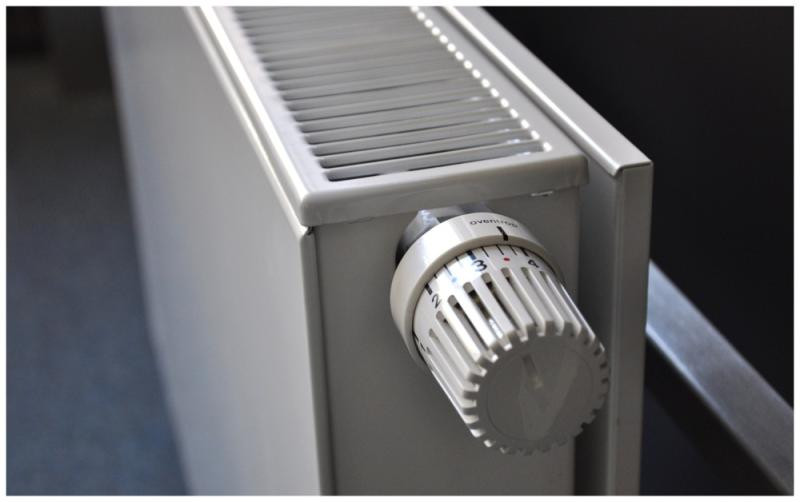Garda Fitness Test Overhaul: Push-ups and Sit-ups Out, Standardized Beep Test In
An Garda Síochána, the Irish national police force, has announced significant changes to its physical competency test (PCT), a crucial element of the application process for prospective Garda trainee recruits. The modifications, effective immediately, aim to create a more inclusive and standardized assessment of physical fitness for all applicants, regardless of age or gender.
The Changes: A More Inclusive and Standardized Approach
The most notable alteration involves the removal of push-ups and sit-ups from the PCT. An Garda Síochána justified this decision by stating that these exercises “required a subjective element and lacked face validity,” meaning they didn't accurately reflect the physical demands of the job. The force emphasized the need for a test that objectively measures the fitness required for operational duties.
The updated test now features a standardized 20-meter multi-stage fitness test (beep test) for all applicants. Previously, different targets existed based on age and gender. This new unified standard ensures all applicants face the same challenge in assessing their fitness to perform operational activities. The aim is to provide An Garda Síochána with the reassurance that all prospective Garda Trainee candidates possess an acceptable level of pre-employment physical fitness and competence.
Furthermore, the obstacle course component has also undergone revision. A task involving dragging a mannequin has been replaced with a ‘push/pull’ obstacle, further refining the test's assessment of practical abilities relevant to policing.
The Beep Test and Obstacle Course: Details of the New Test
The revised PCT comprises two main sections: the beep test and the obstacle course. Applicants must complete both within a total time of eight minutes and four seconds. The beep test requires candidates to reach Level 5.6, running back and forth over 20 meters under increasing time pressure. The obstacle course involves a series of challenges: sprinting, weaving through cones, balancing, lifting and carrying objects, pushing and pulling sleds, climbing, and jumping. Failure to complete any component requires repetition before the overall time is recorded, making the test a true measure of endurance and agility. A video demonstrating the new test has been uploaded to the Garda website.
Rationale Behind the Changes: Ensuring Fairness and Inclusivity
The decision to revamp the PCT stemmed from a review conducted by an external expert from the Dundalk Institute of Technology in Summer 2024. This comprehensive review involved input from Garda trainers, operational members, and extensive trials and validation by hundreds of operational Gardaí and Garda trainees. The goal was to create a test that is:
- Reflective of the physical demands of a Garda's work.
- Robust enough to discriminate between candidates who can and cannot meet those demands.
- Valid enough to ensure physically competent individuals can achieve the required standard.
- Scientifically based to ensure justifiable and reliable standards.
- Inclusive to treat all individuals fairly and equitably.
The changes to the PCT aimed to make the recruitment process more accessible to a broader pool of candidates while still ensuring that recruits possess the necessary physical capabilities for the demanding role.
Minister O'Callaghan's Input and Past Test Trials
Minister for Justice Jim O’Callaghan had previously voiced concerns about the previous test's stringency, suggesting that it may have been unduly restrictive. In 2023, he personally attempted the test and passed, yet maintained that a more sensible approach would be to assess a candidate’s fitness level and design a tailored program for those with baseline fitness. Last year, even journalists were invited to experience the former test, highlighting the previous test's demanding nature.
Recruitment Drive and the Need for Reform
These changes to the fitness test are significant within the context of a major Garda recruitment drive. The aim is to recruit 5,000 Gardaí over the next five years. The changes address concerns that the previous test was potentially disqualifying qualified candidates, thereby potentially hindering the recruitment drive's success. The revised test reflects the force's commitment to attracting a diverse and highly capable workforce while ensuring all recruits meet the necessary physical standards for the job.
The Future of Garda Recruitment: A More Accessible Path
The updated Garda Physical Competency Test represents a significant step toward a more inclusive and standardized recruitment process. By removing subjective elements and adopting a standardized approach, An Garda Síochána aims to attract a wider range of applicants while maintaining high standards of physical fitness. This reform is a crucial part of the ongoing effort to improve the capacity and diversity of the force. The new process aims to find the best candidates, regardless of background, to serve and protect the people of Ireland. The updated test ensures a fairer and more effective selection process, better reflecting the requirements of modern policing and paving the way for a more representative and effective Garda Síochána. This marks a significant step forward in securing a stronger, more modern force.

















